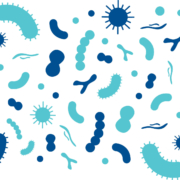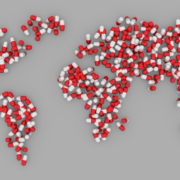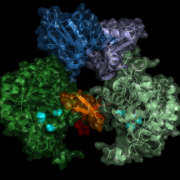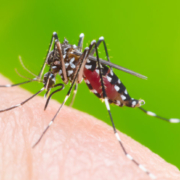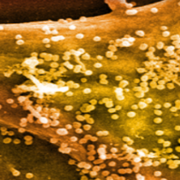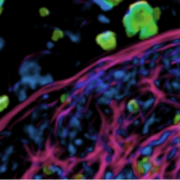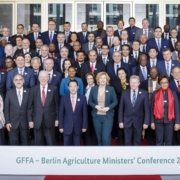MaaT Pharma SA has announced €18m Series B financing to boost its microbiome biotherapeutics pipeline.
ADVERTISEMENT
French vaccine developer Valneva SA will raise $85m in a financing arrangement with Deerfield and OrbiMed and go Nasdaq to co-fund its Lyme disease programme.
Researchers at the University of Luebeck have revealed the structure of the IMP dehydrogenase, a central target of T. brucei, which causes sleeping sickness.
Scientists at Imperial College London have created a worldwide atlas of dengue virus transmission with much higher spatial resolution than any previous regional- or global-scale estimates.
The ENABLE project has achieved its initial goals to identify three antibacterial leads, select two antibacterial development candidates and advance one compound into Phase I development.
Bionetix, ProQinase, and MercachemSyncom have announced that they will jointly develop a new AML drug, from target identification to clinical testing
Merck KGaA’s 2017 Swiss cancer spin-out iOnctura SA has raised €15m to bring its PI3K? inhibitor and autotaxin inhibitor to the clinic.
Ministers from 72 countries came together at the Berlin Agriculture Ministers’ conference to discuss and adopt a joint communiqué on global trade. In it, the ministers agreed to strengthen rule-based free trade.
HepaRegeniX has raised €11m in a Series B. The biotech company will use the proceeds to bring its compound targeting chronic liver disease to the clinic.


